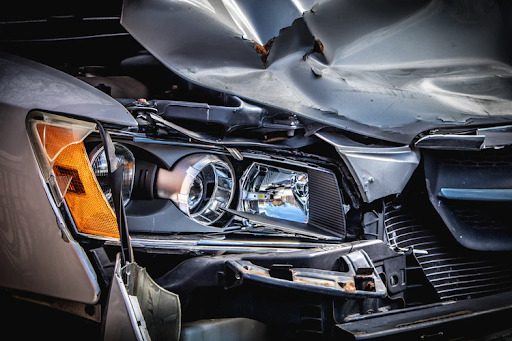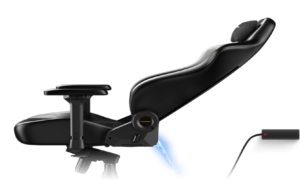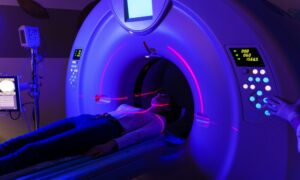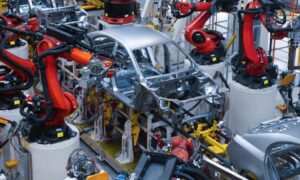Every year car manufacturers are coming up with more ways to make their products safer and more convenient for drivers worldwide. Technology has decreased the number of collisions and other accidents since the late 1970s. And now, with new technology in play, more drivers can reap the benefits of a safe driving experience.
However, there are still some instances when these innovations can also cause accidents.
Take, for example, the Audi A6 lawsuit.
Users have filed multiple complaints against the car manufacturer for engine and transmission concerns found in the Audi A6 2019-2020 models.
According to experts, moisture may enter the starter generator in Audi A6 and cause an electrical short circuit. This type of incident increases the risk of a fire.
This pushed the company to rule a recall of all affected vehicles, which began on May 15, 2020.
5 ways new technology can prevent car accidents
Surveys show that in 2015, there were approximately 6 million crashes recorded on American roads. The majority of these crashes involved cars that did not have blindspot and lane departure warning systems.
This is just one instance where new technology could have prevented an accident/injury.
Autonomous Emergency Braking
Autonomous Emergency Braking (AEB) is one of the recent upgrades in braking technology. Also called “Automatic Emergency Braking,” this system is designed to protect drivers from a collision before it even happens.
It uses the same radar system as your cruise control to gauge the distance between you and the vehicle in front of you. When it detects any possible danger, it activates the AEB and your vehicle is put to an immediate stop.
Cross – Traffic Alerts
As the name suggests, front and rear cross-traffic systems warn the driver when other vehicles approach them from the side.
This can be helpful in situations when a driver is backing up or driving into intersections by giving drivers an audible signal of possible threats outside of the vehicle camera’s view.
LED Headlights
Traditional halogen headlights offer less light than most LED headlights and can pose a great threat to drivers who often make trips at night.
LED headlights convert 80% of the energy it uses into light, which allows them to shed a brighter glow. They also last far longer than most halogen headlights — up to 20 years.
Auto – Steering
While auto-steering may sound similar to self-driving, this isn’t technically the case. Auto-steering is only activated in certain situations where a driver could be in danger of collision with an object, vehicle, or pedestrian.
It works together with the AEB to navigate the situation effectively and reduce damage and injury as much as possible.
Electronic Stability Control
Electronic Stability Control (ESC) prevents vehicles from sliding out of control if and when drivers over-steer, either by reducing engine power or activating the AEB system. This type of vehicle emergency system can reduce the risk of single-vehicle crashes by half.
5 ways new technology can cause car accidents
Not all vehicle technologies are made equal. Some systems may actually increase a driver’s risk of experiencing collisions.
Here are some of the common ways new technology can fail to protect drivers on the road:
Confusing System Functions
While auto manufacturers install these new technologies with their consumer’s best interests at heart, not everyone has the understanding and capability to operate these upgraded vehicles. This lack of information can cause confusion which, in turn, can cause a driver to feel frustrated and unfocused on the road.
Systems Activating at Inappropriate Times
Automatic systems such as Autonomous Emergency Braking and Auto-Steering don’t always work the way manufacturers intended. There are times when these systems activate even without probable risk, forcing vehicles to a stop, even at highway speeds.
This can cause injury to the driver and may even be cause for a collision.
System Failing to Deploy Altogether
There are also some instances when automatic systems fail to deploy altogether. U.S. regulators have received several hundred reports highlighting this issue of automatic brakes and auto-steering systems malfunctioning.
This also increases a driver’s risk of accidents and injury.
Declining Skills and Abilities
As technology takes over the majority of the functions involved in driving, humans are finding themselves crippled and ill-prepared for emergency situations on the road. According to researchers, humans can easily become reliant on these automatic systems and abandon all human-based skills.
Too Much Stimulus and Distraction
Many vehicles nowadays come with in-car entertainment systems (ICE) a.k.a. In-vehicle infotainment (IVI) that offers drivers a variety of audio and video entertainment options.
While this can be a great way to keep drivers connected and informed even when on the road, it takes their focus off of driving and onto other things, like celebrity gossip, global news, and others.
Distracted driving is one of the leading causes of vehicle collisions.
What to do in case of technology malfunctions
If you’ve gotten into an accident because of a mechanical/technological malfunction related to your vehicle, the first thing you have to do is get in touch with a product liability lawyer who can help you file a case against your manufacturer.
Schmidt & Clark, LLP has an experienced team who is always ready to help with even the most challenging cases. They will instruct you on the best ways to handle your situation, as well as help you get just compensation and assistance for the trouble that this malfunction has caused you.
You may also contact the NHSTA to file a complaint.





































